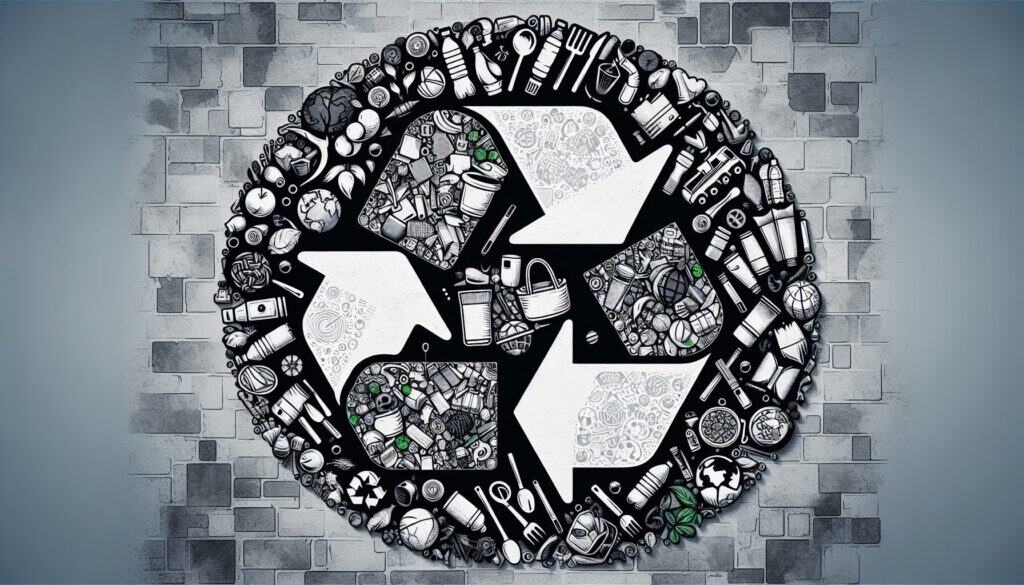Identificare ed eliminare le attività che consumano risorse ma non aggiungono valore al cliente.
- Metodologie: Clienti e marketing, Ideazione, Progettazione del prodotto
Riduzione dei rifiuti (Muda)

Riduzione dei rifiuti (Muda)
- Miglioramento continuo, Efficienza, Produzione snella, Produzione snella, Miglioramento dei processi, Sette rifiuti, Mappatura del flusso di valore, Strategie di eliminazione dei rifiuti, Riduzione dei rifiuti
Obiettivo:
Come si usa:
- Part of the Lean philosophy, Muda focuses on categorizing and systematically removing non-value-adding activities from processes. The common sette rifiuti (often expanded to eight) are: Transportation, Inventory, Motion, Waiting, Overproduction, Over-processing, and Defects (plus Non-utilized Talent).
Professionisti
- Porta a un aumento dell'efficienza, a una riduzione dei costi e a un miglioramento della qualità; aumenta la soddisfazione dei clienti concentrandosi sul valore; semplifica i processi; consente ai dipendenti di identificare ed eliminare gli sprechi.
Contro
- Può essere difficile identificare tutte le forme di spreco, soprattutto in contesti non produttivi; richiede un cambiamento culturale verso il miglioramento continuo; l'eliminazione di alcuni "sprechi" (ad esempio, le ispezioni necessarie) senza un'attenta considerazione può essere dannosa.
Categorie:
- Economia, Lean Sigma, Produzione, Risoluzione dei problemi, Qualità
Ideale per:
- Migliorare l'efficienza e la redditività eliminando sistematicamente le attività che non aggiungono valore da qualsiasi processo.
Waste Reduction (Muda) methodology finds extensive applicability across diverse industries such as manufacturing, healthcare, software development, and logistics, where the demand for efficiency and quality is paramount. In manufacturing settings, for example, organizations can identify and minimize overproduction by optimizing production schedules and aligning output with actual market demand; in healthcare, reducing patient wait times and unnecessary steps in workflows can substantially enhance service delivery and patient satisfaction. This approach is particularly effective during the design and development phases of a product, where teams can analyze workflows and processes to uncover inefficiencies that may lead to cost overruns or delays. Participants typically include cross-functional teams composed of engineers, designers, quality assurance professionals, and management, who collaboratively assess processes to identify wasteful activities. By involving employees at all levels, organizations cultivate a culture of continuous improvement, where individuals are encouraged to contribute their ideas for eliminating inefficiencies. This methodology not only leads to direct cost reductions through decreased resource utilization and waste but also enhances product quality by reducing defects and rework, creating a win-win scenario for both the business and its customers. Engaging in this systematic waste reduction builds resilience, enabling organizations to adapt more readily to market changes while maintaining a focus on delivering value.
Fasi chiave di questa metodologia
- Identify value from the customer's perspective.
- Map the value stream and visualize current processes.
- Evaluate each step to categorize waste according to the seven wastes.
- Develop a plan to eliminate non-value-adding activities.
- Implement changes to improve flow and create a more efficient process.
- Measure the impact of changes and analyze the results.
- Sustain improvements through continuous monitoring and adjustments.
Suggerimenti per i professionisti
- Conduct root cause analysis for each waste category to identify the underlying issues and eliminate them effectively.
- Implement Continuous Improvement (Kaizen) initiatives that encourage team members to identify and propose waste reduction strategies regularly.
- Utilize Value Stream Mapping to visualize processes and uncover hidden waste, enhancing decision-making for process improvements.
Leggere e confrontare diverse metodologie, raccomandiamo il
> Ampio archivio di metodologie <
insieme ad altre 400 metodologie.
I vostri commenti su questa metodologia o ulteriori informazioni sono benvenuti su sezione commenti qui sotto ↓ , così come tutte le idee o i link relativi all'ingegneria.
Contesto storico
1950
1958
1960
1960
1960
1960
1963
1950
1950
1960
1960
1960
1960
1962
1970
(se la data non è nota o non è rilevante, ad esempio "meccanica dei fluidi", viene fornita una stima approssimativa della sua notevole comparsa)















Post correlati
Questionari sul disagio muscoloscheletrico
Test multivariati (MVT)
Analisi di regressione multipla
Sistemi di cattura del movimento
Metodo MoSCoW
Test mediano dell'umore